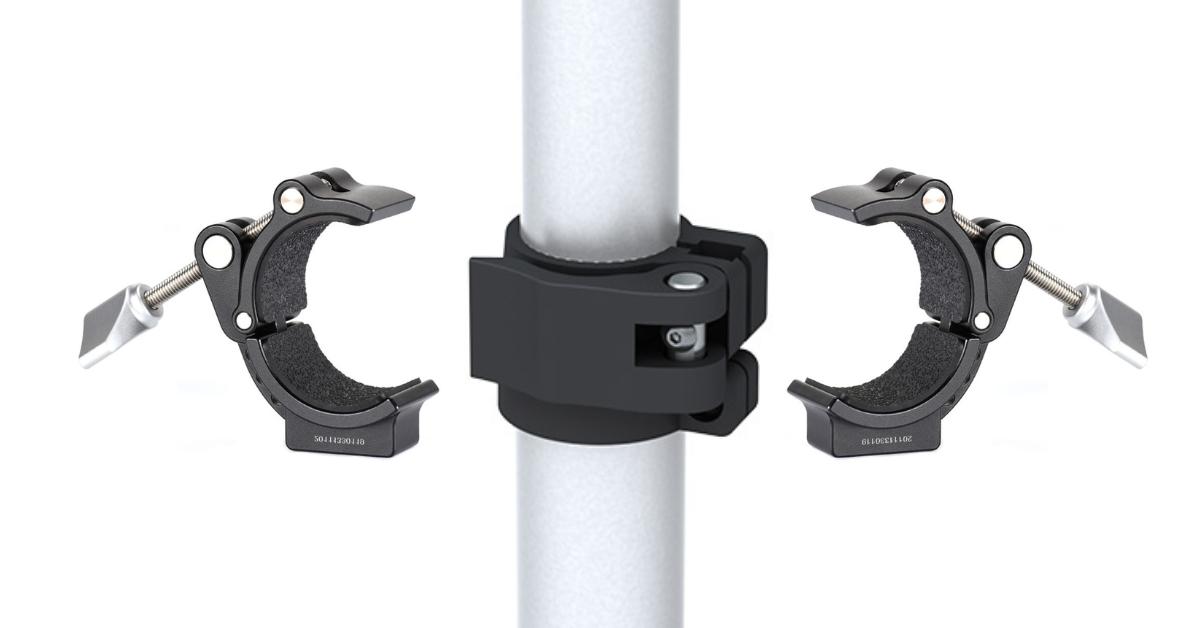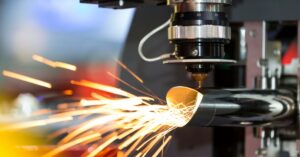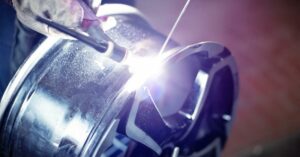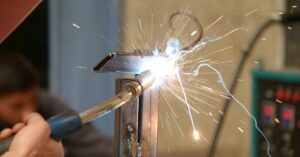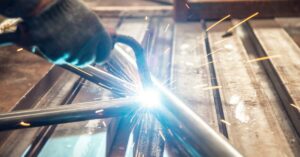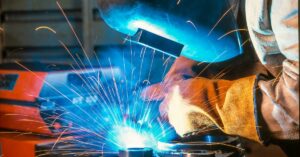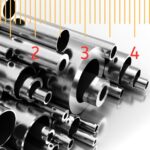How to connect tubes? There are several ways to connect tubes, but using telescopic tube connectors are structurally more preferable. Some tube manufacturers connect tubes by drilling into them and pinning or bolting them, but that is not a recommended method as it compromises the tube wall and weakens the tube. It is better to use telescopic tube connectors that are specifically designed for that purpose.
Telescopic tube connectors are used to connect tubes of different lengths and diameters. The connectors allow for easy assembly and disassembly of the tubes. This makes them an ideal choice for applications that require frequent adjustments or reconfigurations.
Also Read
There are several telescopic tube connectors available in the market, including:
- Modular connectors (including blocks, cubes, links, and clevis connectors)
- Molded pultruded tube connectors
- Threaded end and quick-release connectors
- Plate gussets
By combining tubes and these connectors, you can easily create complex two-dimensional or three-dimensional structures that are easy to assemble and disassemble and allow for adjustable angle joints.
Connecting Tubes Using Modular Connectors
Roll-wrapped tubes are best connected using modular connectors. Modular connectors are made from anodized aluminum. Using a patented ridged and slotted design, these telescopic tube connectors are designed to strengthen the bond against the possibility of metal-to-carbon delamination caused by the differential thermal expansion of carbon fiber and aluminum tubes.
It is quite simple to assemble modular tube connectors:
- Lightly sand the inside of the tube.
- Clean the surfaces that will be bonded.
- Mix the epoxy.
- Apply the epoxy.
- Insert the connector.
- Wipe away any excess adhesive.
By combining various modular tube connectors and roll wrapped tubes, a wide range of lightweight and stiff telescopic tube structures can be built.
Connecting Tubes Using Molded pultruded tube connectors & Quick-Release Connectors
For less demanding applications, molded pultruded tube connectors can be used to create complex structures. Threaded end connectors with a quick release can be used to allow easy assembly and disassembly of tubes and tube structures. Long truss structures comprised of shorter segments of up to eight feet in length can thus be built. This application of telescopic tube connectors is particularly useful for camera boom arms, lighting fixtures, or tools that can be broken down for easier transportation.
To assemble tube structures using the Molded pultruded tube connectors:
- Mockup the joint.
- Sand the bonding area.
- Clean the surfaces to be bonded.
- Apply the epoxy to the tube and connector
- Assemble the structure by using the supplied plastic screws to assemble the molded gussets around the tube or slide the multi-angle connector on to the end of the tube.
- Clean any excess epoxy.
To install quick-release tube connectors:
- Follow the instructions above for modular connectors to bond the two quick-release connector adapters into the ends of the pultruded tubes.
- Thread the quick-release male and female ends into these aluminum adapters.
A locking version of the quick-release tube connector is available for single-use applications, prohibiting rotation when the lock is engaged. Alternatively, a version is also available that contains a groove that allows the component to rotate. This simple groove in the quick-release connector eliminates the need for complex fixturing when assembling sections of the truss.
Connecting Square and Rectangular Tubes Using Plate Gussets
Plate gussets tube connector are used to reinforce tube structures built with square or rectangular tubes. The laminate thickness of the plate gusset kit equals the thickness of the tube wall.
To assemble plate gussets with tubes:
- Mockup the joint.
- Drill small rivet holes to match the plate gusset into the tube.
- Sand the bonding area.
- Clean the surfaces to be bonded.
- Apply the epoxy.
- Use the supplied rivets to attach the gusset to the tube.
- Clean any excess epoxy.
Note: Refer to the detailed instructions provided with the plate gusset kit for actual assembly.
An infinite combination of lightweight and robust structures can be built using plate gussets to connect square and rectangular tubes.
The Process
The process of connecting telescopic tube connectors is fairly simple and straightforward. First, the two tubes to be connected should be aligned and the connector should be inserted. The connector should be engaged with the tubes, making sure that its male and female ends fit perfectly.
Once the connector is in place, the two tubes should be tightened. This is usually done by tightening the connector’s screws. The screws should be tightened just enough to ensure that the connection is secure, but not so much that it becomes difficult to disassemble the tubes.
To ensure a secure connection, it is important to use the appropriate size of screw for the type of connector being used. If the screws are too small or too large, the connection may not be secure. It is also important to use the correct type of screws, such as those made specifically for telescopic tube connectors.
If the connection needs to be adjusted, the tubes can be moved and the connector can be tightened or loosened as needed. This process can be repeated until the desired connection is achieved. Once the connection is secure, the connector should be tightened to the point where it cannot be moved or adjusted without the use of tools.
When connecting telescopic tube connectors, it is important to remember that the tubes should not be forced together. This could damage the connector or the tubes, resulting in an unreliable connection. Additionally, the tubes should not be bent or twisted as this can also cause damage.
It is important to keep the connection clean and dry to ensure that it remains secure. Any dirt or debris should be removed before the connection is made. Additionally, any lubricant should be applied to the threads of the connector to ensure a secure fit.
By combining various shapes and styles of tubes and telescopic tube connectors, you can create just about any structure you can imagine. When combined with the proper connectors, they can be built for quick and easy assembly and disassembly, allowing ease of portability to be added to the list of features.
By selecting telescopic tube connectors that do not require drilling into the tubes, you also ensure that the structural integrity and strength of the tubes remain intact. Now it’s time to get designing. All that stands in your way is your imagination!

